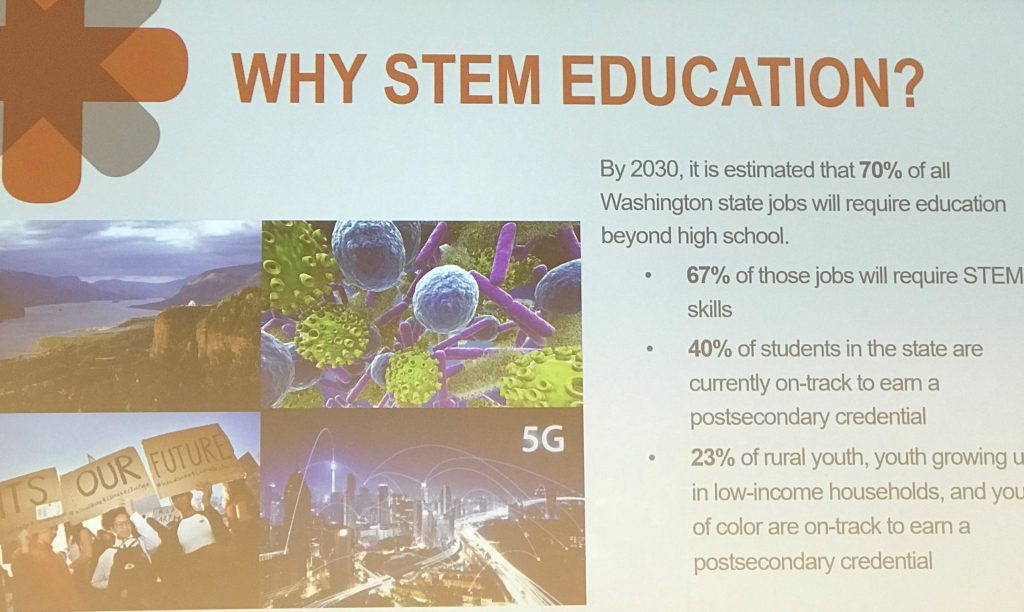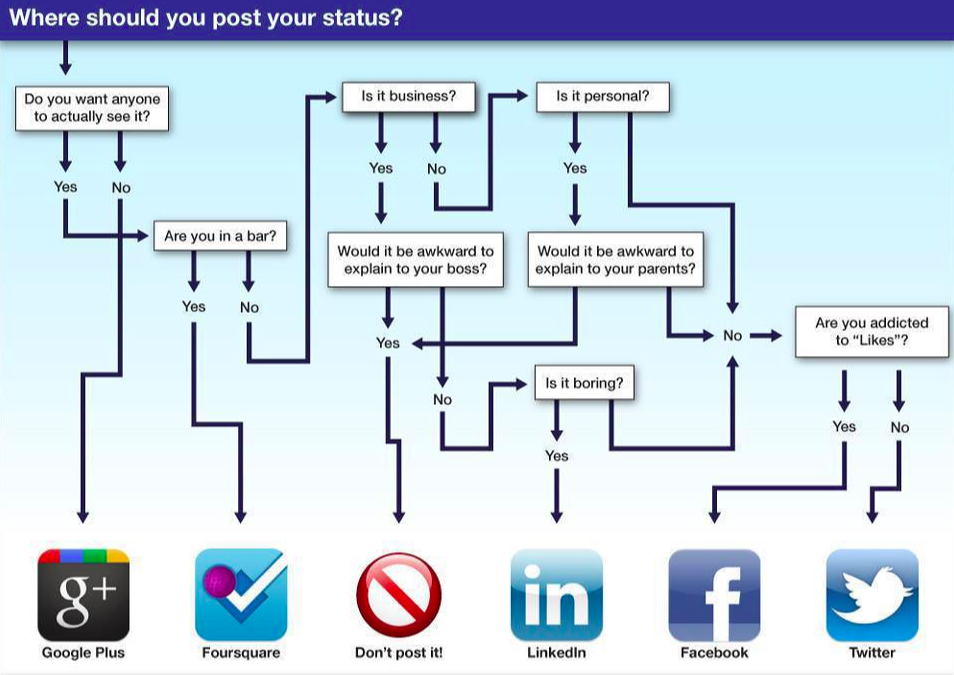
The ISTE Standards for Coaches 1d, “Recognize educators across the organization who use technology effectively to enable high-impact teaching and learning,” and 1e, “Connect leaders, educators, instructional support, technical support, domain experts and solution providers to maximize the potential of technology for learning,” highlight the need for educators to gather, collaborate, and recognize the contributions of others. Education can be an isolating profession but innovation does not occur in a vacuum. It requires leaders, instructional and technical support, and domain experts that all together provide solutions to maximize learning potential through technology. Recognizing and applauding each other’s efforts is a key aspect of encouraging this important teamwork that can only be accomplished in community. The following blog excerpts highlight aspects of this learning touched on in each of the corresponding blogs.

Source: Linking In to Professional Networks for Educators
Evidence: “Well, the first step would be to create a LinkedIn account. After that, it kind of depends on how you are looking to utilize the platform. Here’s my top 10 list of things for an educator new to the LinkedIn Platform:” https://daskalosdouglas.com/edtc6103/linking-in-to-professional-networks-for-educators/
Explanation: Being able to connect with other educators begins with finding a means to do so. Social networking platforms provide a powerful medium for finding, establishing, and growing professional connections.

Source: STEM Summit
Evidence: “The 2019 WA STEM Summit provided the opportunity for STEM leaders from around the region to converge, communicate in person, and collaborate around a common vision for advancing STEM education for all students across Washington State. This work is directly relevant to the work of the Digital Education Leadership program at Seattle Pacific University.”
Explanation: Conferences are a traditional way for educators to connect with other like-minded professionals as well as an effective means for recognizing each other’s accomplishments.

Source: STEM Summit
Evidence: “The session on Progress and Challenges in Building an Equitable K-12 STEM Ecosystem presented an opportunity to hear from individuals in a variety of different sectors (public, private, nonprofit, etc.) and then to discuss with professionals from across the different area of STEM education. The panel of presenters spoke to the various facets of the ecosystem and the inherent communication gaps that exist among organizations attempting to work in the same space and do similar work. The panel then provided an opportunity for the representatives from different sectors to speak to how they actively support STEM education and what they wish others knew about their work. Most intriguing to me, panel members spoke to what other groups in the ecosystem needed to understand and what was paramount for each to work on and accomplish for the extended ecosystem to be successful. Ultimately, most of the requests centered around increased communication and collaboration in efforts in order to reduce duplication of work and increase efficiency and effectiveness of outcomes.”
Explanation: Connecting at conferences becomes much more relevant when peer-based sharing and learning occurs. This provides a means to creating deeper connections as will as finding and establishing valuable connections that are mutually beneficial.

Source: Linking In to Professional Networks for Educators
Evidence: “Turns out, there’s quite a bit more to LinkedIn than just networking for business people and finding jobs. The first step, in the first place, is plugging in as mentioned. You can of course proceed to treat your LinkedIn account like I did, as a virtual professional piggy bank to be broken open on a rainy career day when looking for a new job, or you can invest in the platform far earlier than that and reap professional dividends much sooner. This means moving beyond plugging in to getting connecting, learning, leveraging professional opportunities, and more.”
Explanation: Social media platforms provide a variety of avenues for establishing deeper connections such as shared learning. When professional connections grow together through mutually exchanged professional development then all involved amplify their ability to become change agents.

1b Equitable use of digital learning tools
